Introduction to Gearboxes in Heavy Industry
Gearboxes are integral components in the field of heavy industry, serving a crucial role in the transmission of power and the regulation of machinery speed. These sophisticated devices facilitate the transformation of input power from electric motors or engines into usable output, ensuring operational efficiency across various applications. Among the most commonly used types of gearboxes in this sector are helical, bevel, and worm gearboxes, each designed to meet specific performance demands based on the application requirements.
Helical gearboxes, noted for their efficiency and ability to handle high torque loads, employ angled teeth to ensure smooth engagement and reduced noise levels. These characteristics make them ideal for applications ranging from conveyors to mixers in heavy industrial machinery. Bevel gearboxes, designed to transmit power between shafts that are at right angles to each other, are essential in applications where space-saving configurations are necessary, such as in elevators or various lifting equipment. Worm gearboxes, utilizing a screw and a cylindrical gear, provide high torque at low speeds, making them suitable for applications requiring significant force, including crushers and mills.
In the demanding environments typical of heavy industry, the reliability of gearboxes is paramount. Factors such as thermal growth from operational heat, vibration, and load fluctuations can contribute to the wear and eventual failure of these components. Hence, effective condition monitoring strategies, including oil analysis and thermal monitoring, are crucial for sustaining gearbox performance. By employing these tactics, industries can predict potential failures before they occur, thus preserving machinery integrity and enhancing operational longevity. Understanding the critical aspects of gearbox functionality not only informs maintenance strategies but also underlines the significance of reliable gearbox operation in achieving industrial productivity.
Understanding Failure Modes in Gearboxes
Gearboxes play a pivotal role in heavy industries, enabling the effective transmission of power and motion. However, their performance can be compromised by various failure modes that can lead to operational inefficiencies and safety hazards. Understanding these failure modes is essential for technicians and engineers involved in reliability engineering and condition monitoring to develop effective maintenance tactics.
One of the most common failure modes in gearboxes is gear tooth failure. This may occur due to excessive loads, material defects, or inadequate lubrication. Symptoms include unusual noises, vibration, and a noticeable drop in performance. When gear teeth begin to fail, the implications can be significant, potentially leading to complete gearbox failure and costly downtime.
Another critical failure mode is bearing wear, which can arise from improper alignment or insufficient lubrication. As bearings wear down, they can create excessive clearance and lead to further mechanical issues. Signs of bearing wear are often characterized by increased vibration levels and abnormal temperatures. If left unaddressed, bearing wear can escalate to a complete mechanical breakdown, jeopardizing both production schedules and workplace safety.
Lubrication failure is also a significant concern in gearbox functionality. Insufficient or contaminated lubricant can cause frictional heating and lead to thermal growth, affecting how components fit together. Regular oil analysis can help detect early signs of lubrication issues, mitigating the risks associated with overheating and subsequent failures.
Finally, misalignment of gearbox components can lead to elevated stress levels and uneven wear. This often manifests as excessive noise and vibrations, which can signal imminent failure. It is crucial for engineers to continuously monitor the alignment during operations to ensure both reliability and safety are maintained.
Understanding these common failure modes enables technicians and engineers to implement proactive strategies in gearbox maintenance, ensuring optimal operation and prolonging gearbox life.
Conducting Criticality Analysis for Gearbox Failures
In the realm of heavy industry, ensuring the reliability of gearboxes is of paramount importance. A systematic approach to failure mode effects and criticality analysis (FMECA) can significantly enhance the management of gearbox reliability. This process begins with identifying potential failure modes specific to gearboxes, which may include issues such as surface wear, lubrication failure, and thermal growth. Each of these modes poses unique risks that can affect operational efficiency and safety.
Once potential failure modes have been identified, the next step involves evaluating their severity and likelihood of occurrence. Severity refers to the impact that a failure would have on operations, while likelihood assesses how probable it is for that specific failure to occur. This evaluation often applies a rating scale, allowing for the prioritization of failures based on their criticality. For instance, a gearbox failure that leads to a complete shutdown of operations would be classified as a high-severity issue, necessitating immediate attention and intervention.
Following this assessment, the potential impact of each failure mode on operational continuity must be determined. This entails analyzing not only the immediate consequences of failures but also the long-term implications for reliability and efficiency in the workflow. Identifying and prioritizing high-criticality failures is essential, as it allows organizations to allocate resources effectively toward maintenance and mitigation tactics. For instance, implementing condition monitoring techniques, such as oil analysis and vibration analysis, can detect early signs of wear or failure, thus prolonging the life of the gearbox.
In conclusion, conducting a thorough criticality analysis for gearbox failures is vital to minimizing risks associated with operational disruptions. By systematically addressing high-priority failures, companies can significantly enhance the reliability of their gearbox systems and facilitate smoother overall operations in heavy industry.
Strategies for Effective Gearbox Lifecycle Management
Managing the lifecycle of gearboxes in heavy industry is crucial to maintaining operational efficiency and ensuring reliability. Implementing best practices for preventive maintenance can significantly reduce the risk of failure. Regular inspection and maintenance routines help to identify potential issues before they escalate. This can include visual inspections, lubrication checks, and tightening of fasteners. By proactively addressing wear and tear, organizations can extend the lifespan of their gearboxes and minimize unplanned downtimes.
Condition monitoring techniques play a vital role in effective gearbox management. Technologies such as vibration analysis and thermal growth assessments enable operators to monitor gearbox health in real-time. By analyzing the data collected, maintenance teams can discern patterns that may indicate imminent failures. Additionally, conducting oil analysis allows for the examination of lubricant properties and the identification of wear particles, providing insight into the internal condition of the gearbox. Each of these tactics supports a predictive maintenance strategy, allowing for informed decisions regarding maintenance schedules.
Moreover, it is essential to have a robust maintenance plan that includes guidelines for both routine servicing and emergency repairs. Training personnel on these strategies ensures everyone on the team understands how to effectively monitor gearbox conditions and respond to findings. Selecting appropriate materials and technologies can further enhance gearbox performance and durability. For example, utilizing high-quality lubricants and innovative sealing technologies can diminish friction and prolong the life of the gearbox.
Lastly, continual learning and adaptation to new information regarding gearbox technology and maintenance practices are critical. Staying updated with the latest advancements in condition monitoring and predictive analytics can enable companies to improve their reliability strategies continuously. By embracing a culture of learning and adaptation, organizations can effectively manage gearbox health over the lifecycle, reducing operational disruptions and fostering sustained performance.


